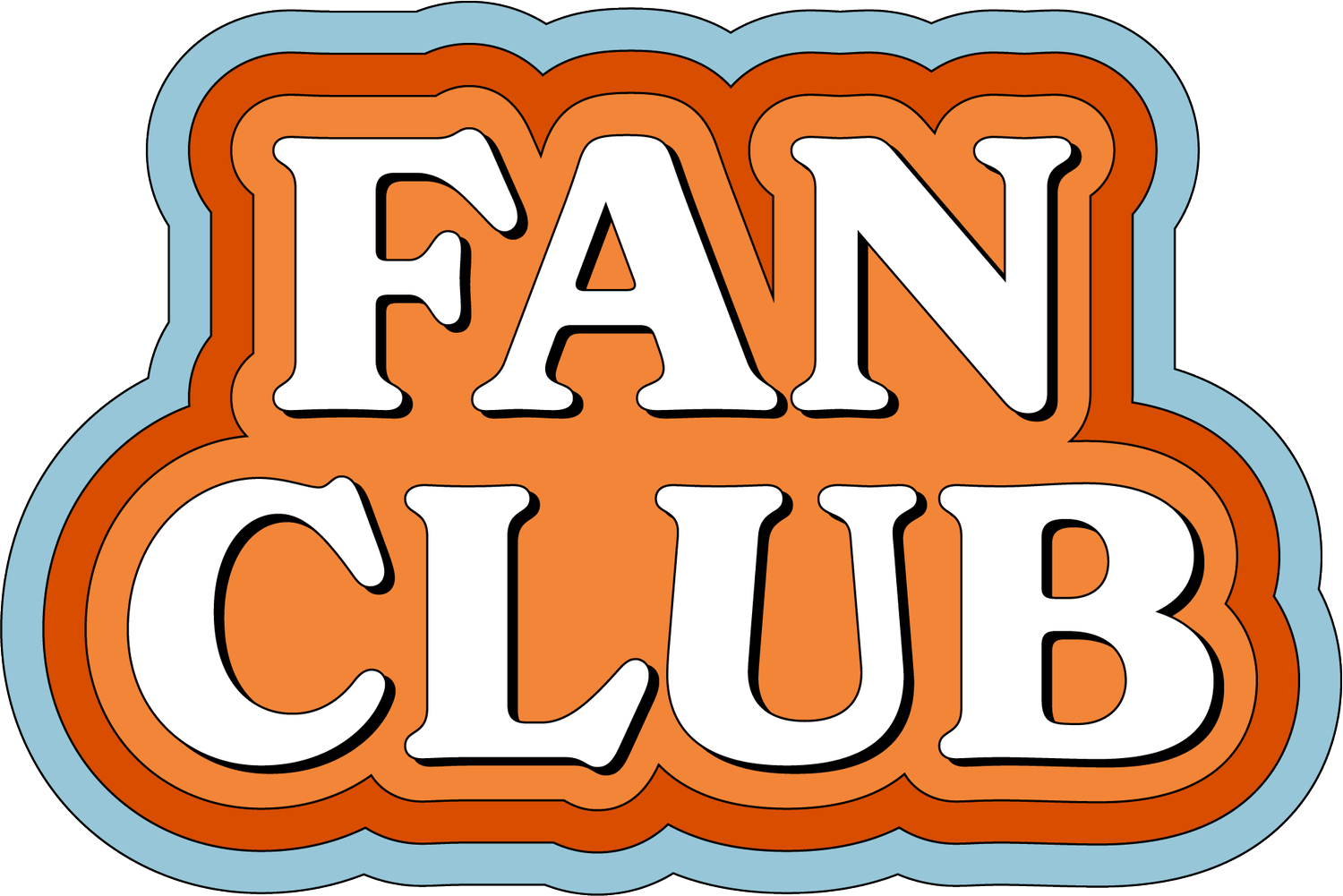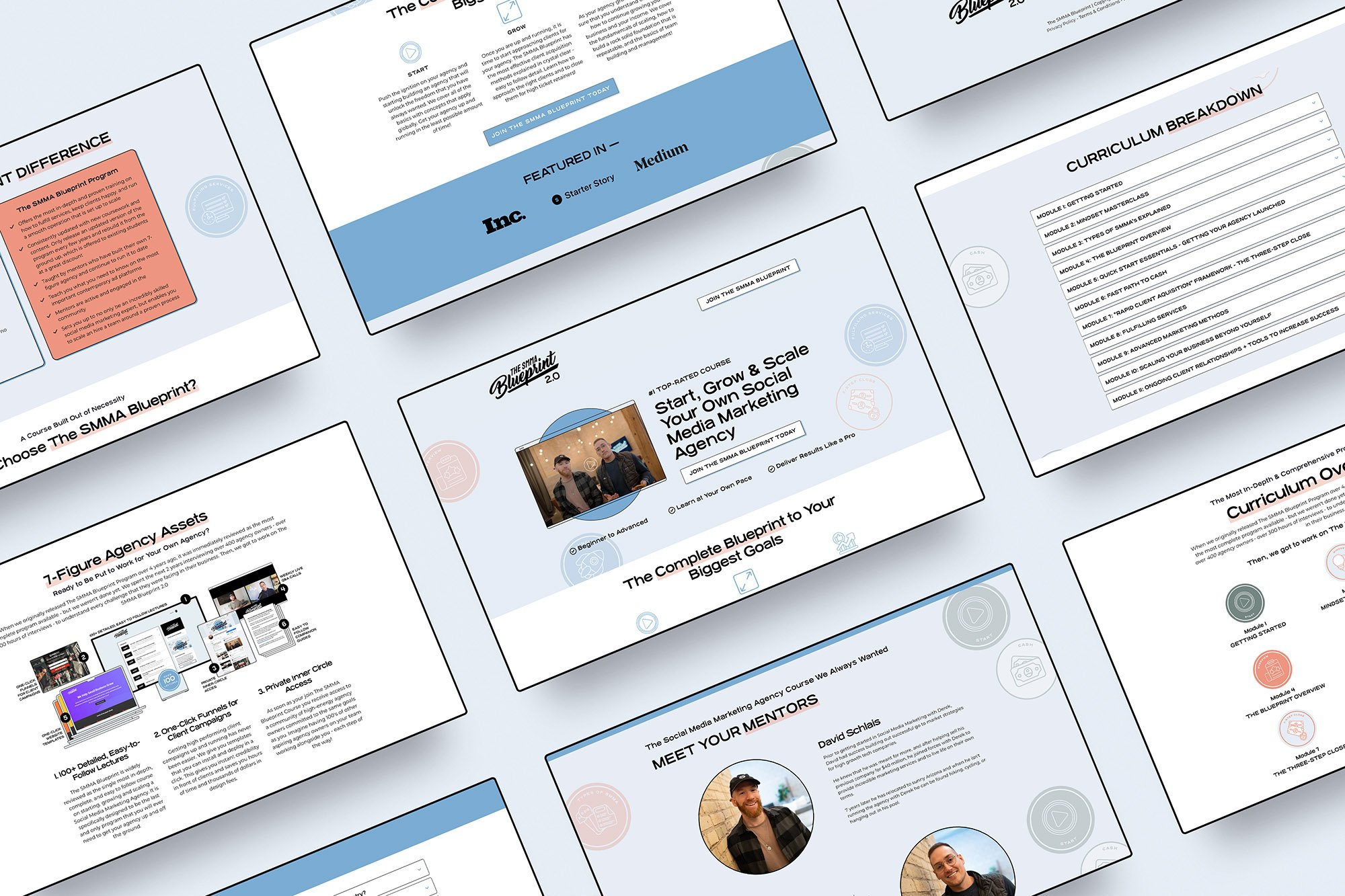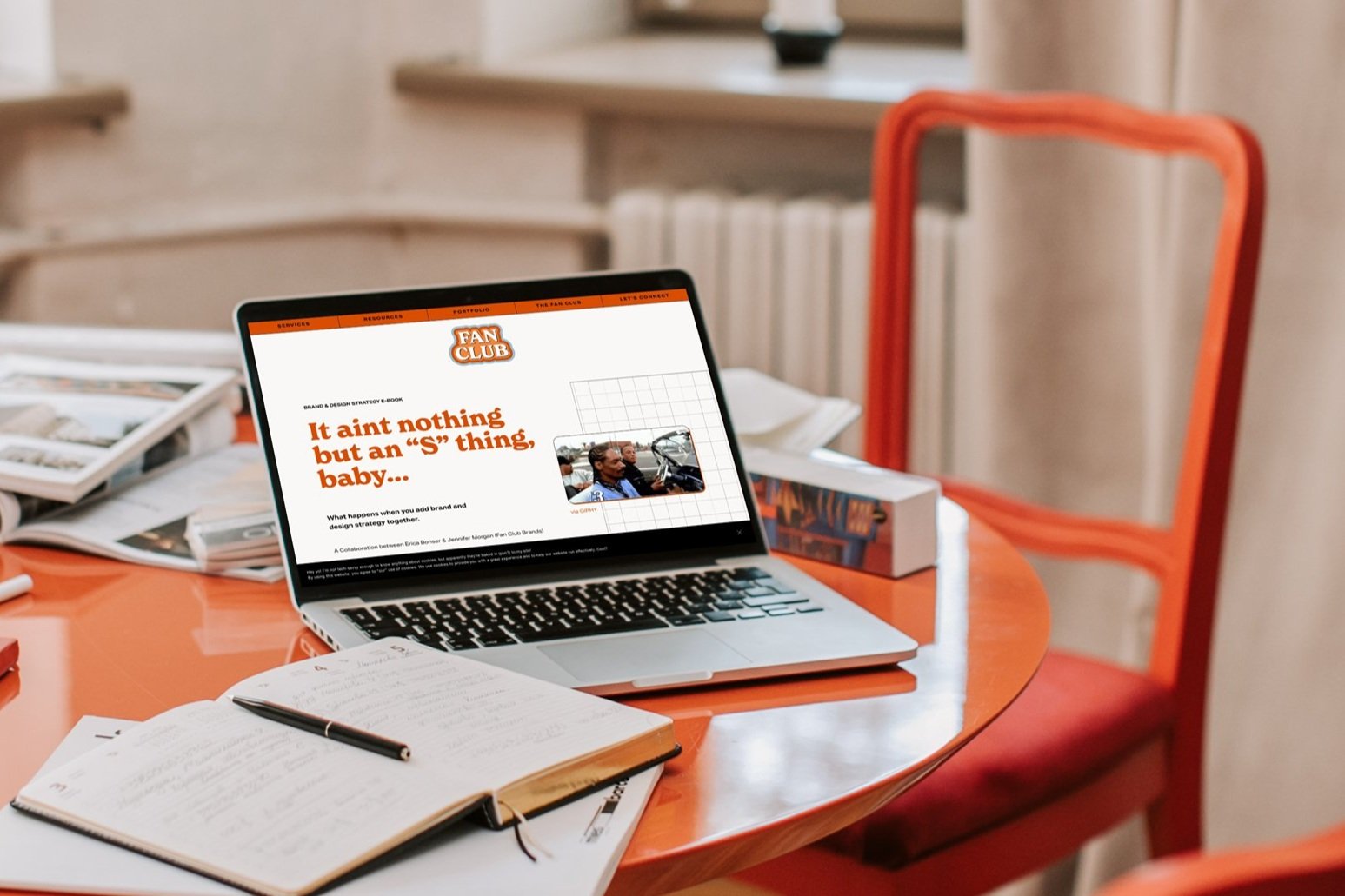How To Launch Your New Site
The last few months have been building to this — the launch of your new website.
Whether you kicked off this journey with a fresh new rebrand or signed up for a good old refresh — the value is all the same. It’s now on you to get the most out of your site.
How should I be thinking about my website?
There are many ways that you can and should be thinking about your website. Depending on how you think about it will help you think about ways in which you can leverage it.
To you — your site is your ultimate sales, marketing, and nurture tool.
To your biggest fans and advocates — your site is their ultimate referral tool. It will be the first place they send people to when they are recommending you.
To your customers and clients — it is their biggest educational resource and easiest way to interact with you and your product/services.
To your investors — It’s a tool to validate the status of their investment through analytics and reviews.
How should I use my website?
When you look at the bowtie funnel — from a sales and marketing perspective — your site supports you in the awareness, education, and selection phases of the sales cycle. For most of your clients and customers, your site will be the first touchpoint in a long line of touch-points that they will engage with before they whip out their credit card. (Make it a second touchpoint if you’re running ads)
If you built your site with us, this was taken into consideration during your website strategy portion of the process. How the site is being used dictates how it’s built.
The stories told within the pages, the information/service/product presented, and the CTAs used (married with design) are the reasons why people enter your sales funnel as marketing leads (ML). Your follow-up communications or client experiences are what move them to qualified marketing leads (MQL), sales leads (SL), and sales qualified leads (SQL). There is no right or wrong process when it comes to moving your leads through the funnel — you’ll be adding, tweaking, and refining this process as your business evolves.
To your existing clients and customers, your site also supports the onboarding, impact, and growth phases of the bowtie funnel. Did you build out a snazzy resource page? Great — you can leverage that information in your nurture sequences, follow-ups, or calls. Have new product or services to offer? Cool — send it to your current users and customers.
How should I promote my website?
There are two ways in which I want you to think about this. There is promoting your website and then there is promoting you (your business, services, value, etc.). Your website is one small aspect of ways in which you can connect with your audience. It’s a validation and promotional tool. It’s where people will intrinsically go to interact with you.
Knowing it’s just one way that you can connect with someone allows us to think outside of the box to leverage it in different ways.
Here are a few ways…
Make a post about it — it’s simple. It’s not going to make you rich, but it’s something to do and a way to get some eyeballs on it. Low-hanging fruit.
Leverage your network — people love you and want to support you. Who do you know that would be willing to share your site within their network? Who would be willing to post about it? Who do you know that you would just like for them to see it? From a potential customer to a friend, if you have that connection and feel that your site has value — share it.
Leverage your brand — if it’s not clear by now let me say this, “your brand is more than what it sells and offers.” What does your brand stand for? What are you rallying around? What does it mean to be a part of it? Take that and reach out to people who are in alignment with that and use their platform to promote it. This can look like being interviewed on a podcast, co-creating content, giving a talk, or collaborating on an event. Their audience will be receptive to what you have to say and turn to follow you as well. What’s in it for the other person? Free content creation, collaboration, and value add.
Link it everywhere — in your email signature, social pages, embed it in a message, put it in a profile. Any opportunity, do it. Best practices is to make a list of all the platforms and areas that you can leverage so you don’t forget anything.
Run paid ads — ads can be product/service specific or a clever campaign — all pointing a finger right back to your site. However, this is an expensive game that doesn’t have a guaranteed ROI. For most small businesses and startups I would recommend leaning into your network first before starting here.
Ways to add value
Don’t let that resource page go stale — create more content! (Psst — it boosts SEO too)
Work to create a “pillar” piece of content and gate it. Pillar content is more than a blog, it’s a meaty value-rich piece of content that someone would want to sign up to receive. By gating it (having someone enter their email and name in order to get it), it allows you to grow your leads and nurture them.
Examples of pillar content would be a documentary, eBook, white paper, guide, template, framework, free access for x time, design assets, free consultation or product, etc.
Ways to measure impact
When it comes to measuring impact there are complex ways and easy ways to go about it. Will the easy way show you all the details and insights that you would want to know in order to confidently know how and what to update? No. But if you’re not a Google Analytics guru and don’t have lots of time to dedicate towards keeping track of your analytics, the easy way is the best way.
Psst — if you want to become a Google Analytics master, they offer free certification courses.
Every action taken, button clicked, and time logged on your site is a data point worth taking into consideration. These data points overtime will help to paint a picture about what should be tested, changed, moved, added, and taken away. Here are some things that I would pay attention to qhelp inform those decisions.
Page views — what pages are being visited the most? In a lot of cases it will probably be (1) homepage, (2) offerings page, (3) contact page. Knowing which pages are the most trafficked allows you to know where to focus. If your homepage is your most visited page, put your time and energy into optimizing that page vs something that doesn’t get a lot of traffic. That’s the page where you will see the most return. Start there.
Clicks — clicks means that someone clicked on a link within your site. And it’s more than likely that those clicks sent them to your contact page or purchase page. If you are getting a bunch of clicks but few people buying or filling out your contact form, start to think about what you can do to the contact/purchase page to optimize it. If you aren’t getting a lot of clicks at all, try adding more CTAs or taking some away. There are tools out there in which you can use to A/B test your site. Which ever test performs the best, update your site to reflect it.
Bounce rate — bounce rate is the amount of people who landed on your site and then immediately closed it. This tells us that what they thought they were clicking on and what they got were two different things. If you have a high bounce rate, think about updating your Google meta data (the descriptor that comes up when someone Google’s you). The more clear you are there, the more likely you will attract the right people. (you can update this in the backend of your site)
Time on page — don’t get freaked out if you see people are spending on average 4sec on your site. That’s normal. The time however, means nothing to me without also knowing how many people are purchasing or filling out my contact form. If people are spending on average 15sec on my site but taking action, then I’m feeling pretty pumped about my messaging and design. If people are spending 8sec on average and not taking action, it will lead me to question if I’m conveying the right message or if my UX/UI is effective. Run some tests, refine, and keep moving.


